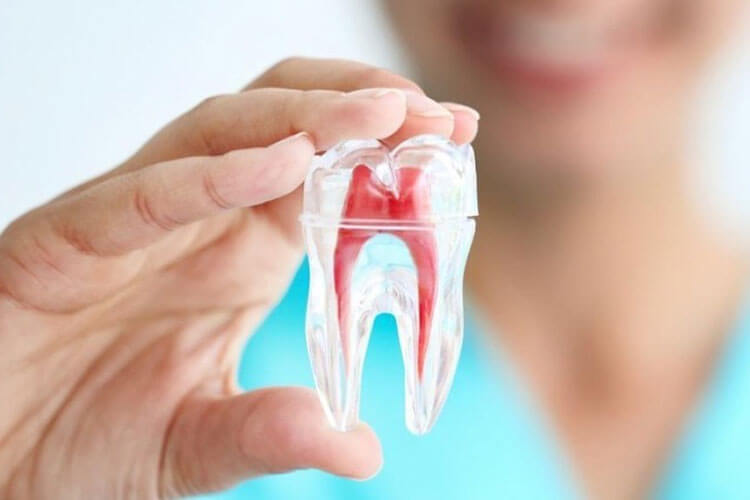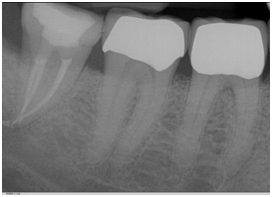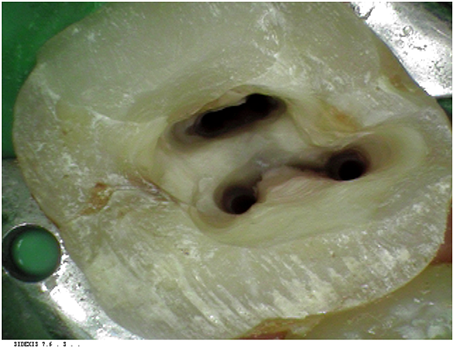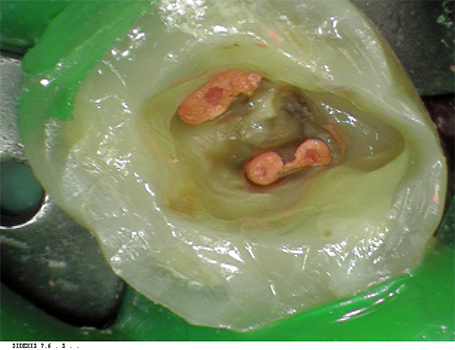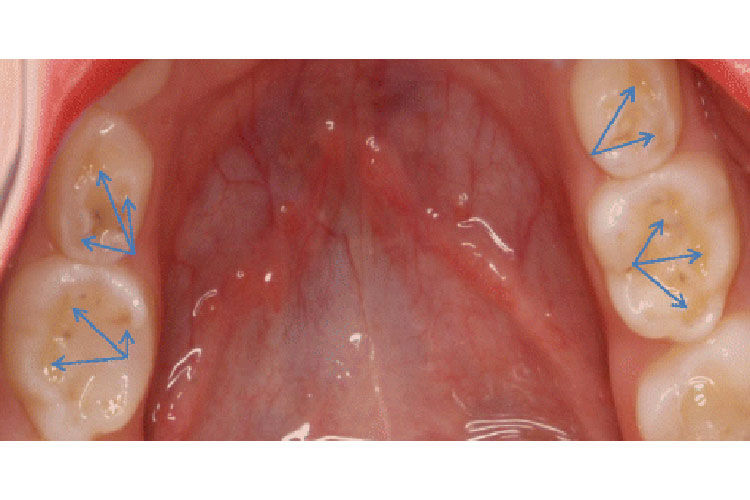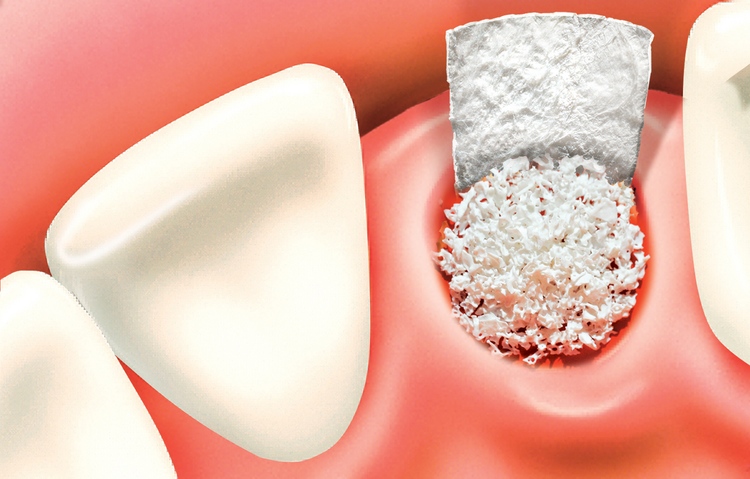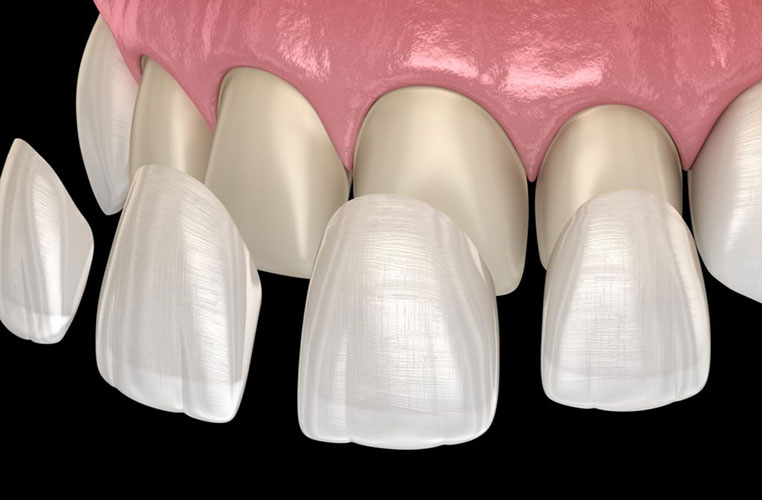St. Lawrence Dentistry performs root canal procedures to save teeth that would have otherwise needed extraction.
If you have a tooth that hurts, a root canal procedure may be the solution. Root canal therapy is the most performed procedure amongst all endodontic (inside the tooth) treatment procedures. St. Lawrence Dentistry performs root canal treatment to treat problems related to the soft inner pulp of a tooth. The pulp is the part in the center of a tooth made up of living connective tissue and cells called odontoblasts.
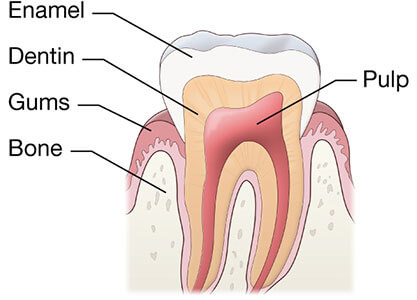
Root canal treatment is required when nerve tissue inside the teeth degenerates. Without root canal treatment, the infection in the tooth pulp can result in an abscess, which can cause damage to the jawbone. You will need a root canal to save your tooth and ensure that the tissue around the tooth’s root remains healthy and free from inflammation. There are several reasons your tooth may become irritated and inflamed, such as deep decay, big fillings, trauma to the tooth, a chipped tooth, or even repeated dental work.
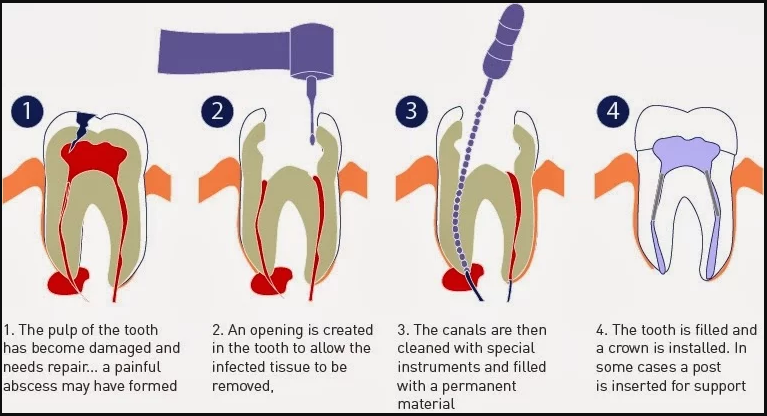
You may need a root canal if a tooth is causing you pain or if the gums adjacent to the tooth are tender and swollen. Another symptom is if the tooth appears discolored and has become extra sensitive to heat and cold. If these symptoms reveal inflamed and infected pulp inside the tooth, Dr. Hawryluk may recommend a root canal procedure.
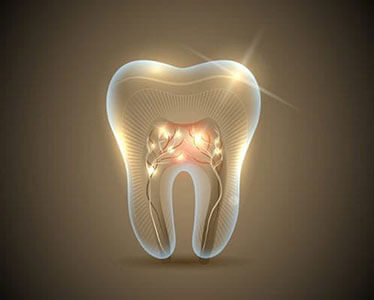
Dental caries (cavities), chipped teeth, cracked dental fillings, and injury to the teeth can cause damage to the dental pulp. If dental caries treatment is not in the early stages, the decay can spread inward into the tooth pulp, causing nerve damage. Cracked dental fillings allow saliva and harmful bacteria to reach the root canal and infect the pulp. Fractured teeth can expose the pulp. Injury to the teeth can cause pulp damage even if there are no external signs of damage to the inside of the teeth.
When the nerves inside the tooth pulp die, the tooth dentin and enamel can no longer receive organic nutrients and moisture. In addition, the inflamed tissue surrounding the tooth causes toothache, and infection can damage the bones around the teeth. If there is no treatment for the damaged pulp, bacterial infection and inflammation can loosen the tooth. Eventually, this can lead to the tooth needing removal. Therefore, root canal therapy is necessary to preserve the tooth and protect the jawbone.
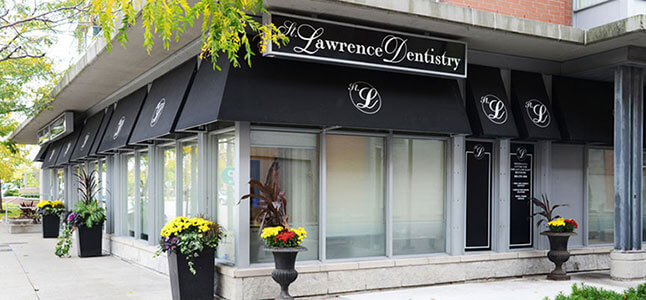
At St. Lawrence Dentistry, all root canal procedures are performed with the aid of the Global Dental microscope to ensure the highest levels of accuracy.
The procedure takes place in five steps:
- Dr. Hawryluk will study the x-ray of the infected tooth and then administer a local anesthetic.
- The dentist removes the inflamed nerve tissue through a tooth crown opening.
- Dr. Hawryluk will cleanse the canal space, leaving no debris or bacteria behind. It will ensure that infection and tissue swelling do not happen again.
- Sealing of cleaned root canal cavity to prevent fluids and bacteria from entering the tooth. Dr. Hawryluk will use the gutta-percha and adhesive cement mixture in the root canal.
- Installation of a crown on the sealed tooth allows the tooth to function normally.

After completing root canal therapy, you might feel discomfort for a few days following the treatment. To alleviate the discomfort, you can follow the dentist’s recommendation on taking over-the-counter pain medication. In some cases, the dentist may prescribe an antibiotic and prescription-strength pain reliever to help reduce any remaining infection. Following root canal therapy, you should never chew directly on the repaired tooth until its final restoration has occurred or your tooth may crack. Also, remember that the longer you wait to complete the final restoration, the more likely bacteria will re-infect the treated canal- which would prompt the need to start the treatment all over again.
To learn more about what to expect during a root canal please visit our article:
What to expect during a Root Canal
To learn more about root canal retreatment please visit our article:
Re-Treatment Of A Missed Canal
A “root end” procedure is sometimes done in conjunction with a root canal. Please visit out article on this subject:
- Understanding Dental Cupping on Molars: Causes, Prevention, and Treatment - August 14, 2024
- Bone Preservation: Essential for Strong Dental Implants - August 5, 2024
- Porcelain Veneers from Design to Finish - July 27, 2024



